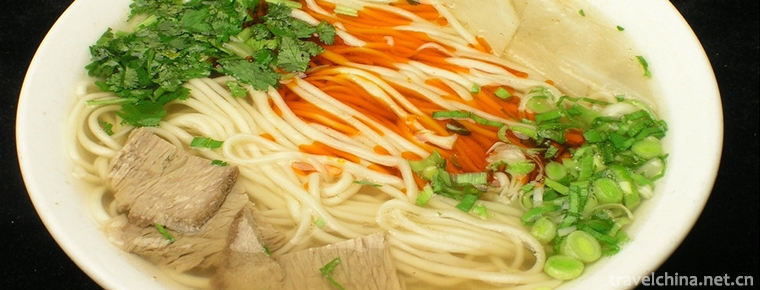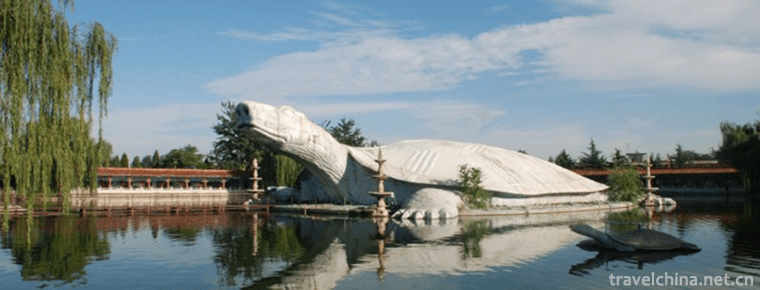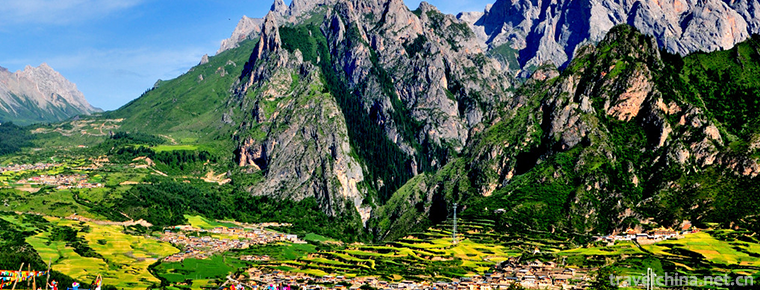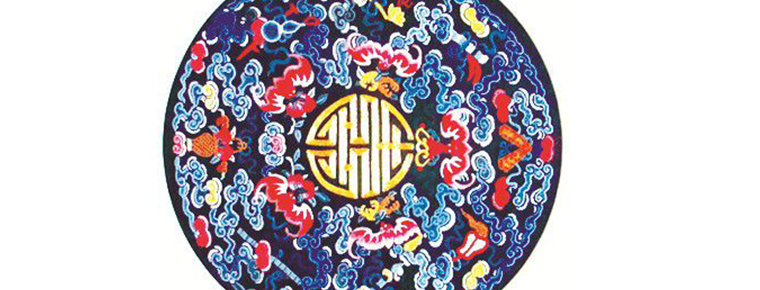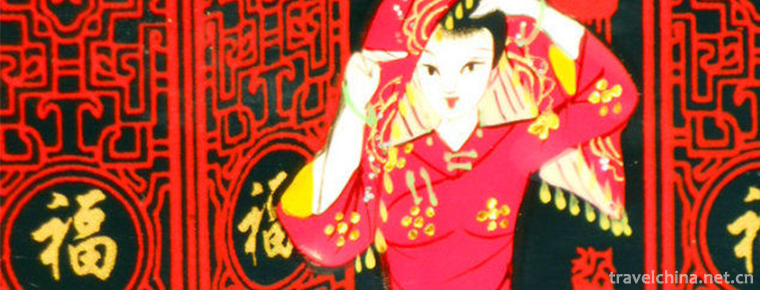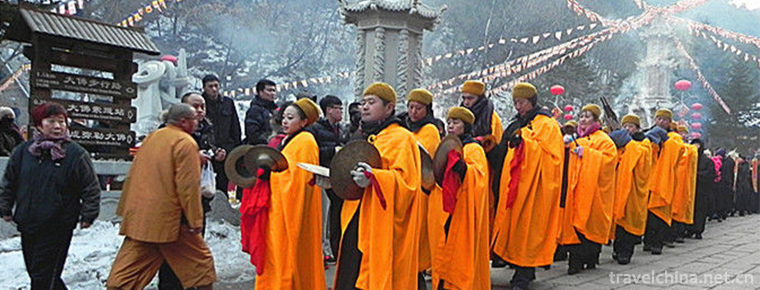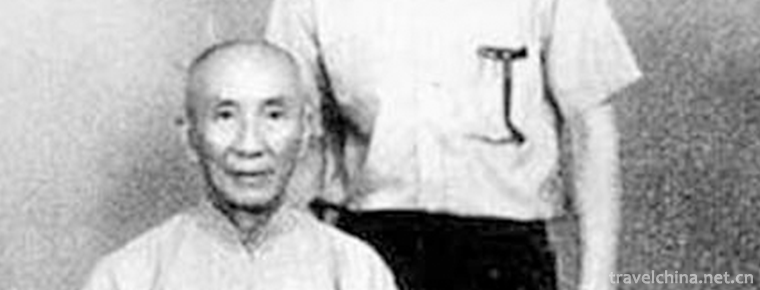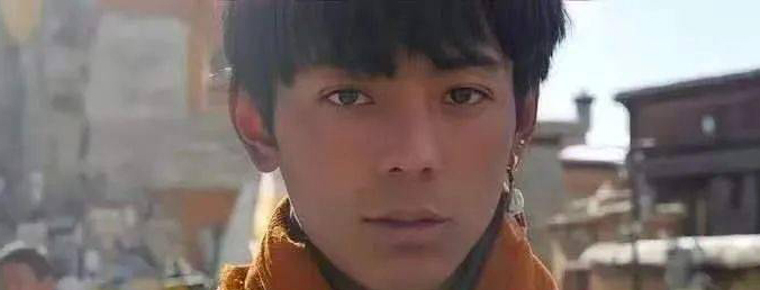Leitaihan Culture Museum Wuwei
Leitaihan Culture Museum, Wuwei
Leitaihan Culture Museum is located in the urban area of Wuwei City. It is the land of the Chinese tourism symbol "Ma Ta Feiyan". Leitai was declared as the key cultural relics protection unit in Gansu Province in 1983; Leitai Han Tomb was declared as the fifth batch of key cultural relics protection units in China by the State Council on June 25, 2001; passed ISO international quality system certification in December 2003; was designated as the third batch of provincial "patriotic education bases" in Gansu Province in April 2004; was awarded the National Youth Civilization number in June 2005; and national tourism in December 2005. It has been approved as a national AAAA-level tourist attraction. In 2012, it was designated as the national science popularization base by the National Association of Science and Technology.
Leitaihan Culture Museum is located in the urban area of Wuwei City. It is the land of the Chinese tourism symbol "Ma Ta Feiyan". Leitai was declared as the key cultural relics protection unit in Gansu Province in 1983; Leitai Han Tomb was declared as the fifth batch of key cultural relics protection units in China by the State Council on June 25, 2001; passed ISO international quality system certification in December 2003; was designated as the third batch of provincial "patriotic education bases" in Gansu Province in April 2004; was awarded the National Youth Civilization number in June 2005; and national tourism in December 2005. It has been approved as a national AAAA-level tourist attraction. In 2012, it was designated as the national science popularization base by the National Association of Science and Technology.
According to historical records, Leitai was built by King Zhang Mao of Qianliang (301 - 375, 1628 AD). "Ziye Tongjian" records: for the Eastern Jin Dynasty Yuan Emperor Daxing four years (AD 321) began to build "Zhou Lun more than 80 blockages, base high 9. Now the Leitai is well preserved, 106 meters long, 60 meters wide and 8.5 meters high. There are 10 ancient buildings in Ming and Qing Dynasties, such as Leizu Hall and Samsung Doumu Hall. Their buildings are magnificent and large-scale. Around the ancient trees towering, the lake ripples, is a well-known tourist attraction.
In September 1969, a late Eastern Han Dynasty (231 precious cultural relics and 30,000 ancient coins unearthed from 186 to 219 AD over 1800 years ago) was discovered in the southeastern corner of Taixia. It is called a rich "underground museum" by the historians. Among the unearthed cultural relics, the most prominent are the exquisite cast of 99 bronze chariot and horse terracotta warriors and a bronze galloping horse with the highest artistic value. In September 1971, Guo Moruo, a well-known archaeologist and vice chairman of the Standing Committee of the National People's Congress, discovered a copper galloping horse during a visit to the Gansu Museum, which was called "Ma Ta Feiyan". From April 1973 to August 1975, Tong Pengma, as an outstanding representative of Chinese archaeological culture, was exhibited in 14 countries and regions, causing great sensation and high praise.
In October 1983, "Ma Ta Feiyan" was designated as China's tourism symbol by the State Tourism Administration; in 1996, it was designated as a national treasure cultural relic. In 2009, the Leitaihan Cultural Museum combined with the free opening, carried out a series of exhibitions to improve the integration of knowledge, interesting and interactive, formed a Leitaihan cultural characteristics of "Tianma Xilai-Leitaihan Cultural Display", the audience is increasing rapidly, and achieved good social benefits. We warmly welcome Chinese and foreign tourists to China's tourist capital and witness the magical "horse stepping on a swallow" coming out of the land and the masterpiece of ancient people's wisdom.

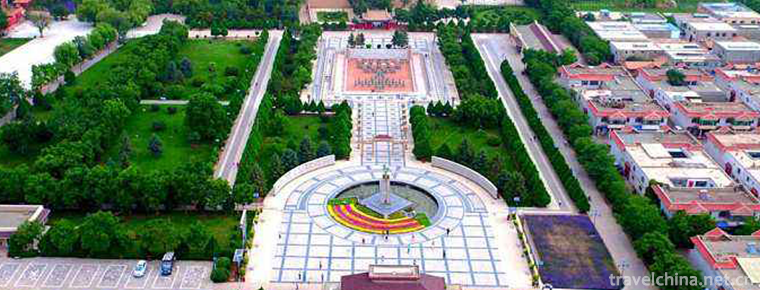
Leitaihan Culture Museum Wuwei
-
Water surface
The water surface is a traditional snack in Shaanxi and Gansu Province. Legend has it that Liu Bang, the ancestor of the Han Dynasty
Views: 514 Time 2018-11-02 -
Oriental Giant Turtle Garden
Located on the East Bank of Yehe River in Pingshan County, Hebei Province, the Oriental Giant Turtle Garden is near Xibaipo, a sacred revolutionary site, 35 kilometers east of Shijiazhuang
Views: 124 Time 2018-12-20 -
Yellow River First Beach
Views: 184 Time 2018-12-22 -
Manchu embroidery
Manchu embroidery, commonly known as "needle embroidery", "tie flowers" and "embroidery", was originally popular in the vast rural areas where Manchu people lived togethe
Views: 283 Time 2019-05-16 -
Pingyao Pushing Lacquerware Decoration Techniques
Pingyao polishing lacquerware decoration technology originated in Pingyao County, central Shanxi Province, and spread to the vast northern region. Lacquerware made with this technique has been well kn
Views: 160 Time 2019-06-09 -
Qianshan Temple Music
Qianshan, located 20 kilometers southeast of Anshan City, Liaoning Province, is one of the most famous scenic spots in the country. In the northeast, Qianshan is as famous as Changbai Mountain in Jili
Views: 168 Time 2019-06-10 -
Quyi
Quyi is the general name of all kinds of "rap art" of the Chinese nation. It is a unique art form formed by the long-term development of folk oral literature and singing art. According to in
Views: 171 Time 2019-06-11 -
Yongchun Quan
Yongchun Quan is a traditional Chinese martial arts, a technology to stop invasion, a positive, streamlined and legitimate defense system, and the legal use of force. Compared with other traditional C
Views: 232 Time 2019-07-14 -
Beijing Jiaotong University
Beijing Jiaotong University is a national key university directly under the Ministry of Education, jointly constructed by the Ministry of Education, the Ministry of Transport, the Beijing Municipal Pe
Views: 181 Time 2019-09-06 -
Tamdrin Dingzhen
Zhaxi Dingzhen (Chinese Name: Ding Zhen), born in 2000, lives in Litang County, Ganzi Prefecture, Sichuan Province.
Views: 588 Time 2020-12-01 -
Mianyang economy
In 2019, the gross domestic product (GDP) of Mianyang City will reach 285.620 billion yuan, which will increase by 8.1% according to the comparable price. The growth rate is 0.6 percentage points higher than the average level of the whole province.
Views: 144 Time 2020-12-14 -
Meishan tertiary industry
In 2019, the total retail sales of consumer goods will reach 54.869 billion yuan, an increase of 10.5%. Among them, enterprises (units) above the designated size achieved 15.655 billion yuan of retail sales of consumer goods, an increase of 10.2%. In terms
Views: 354 Time 2020-12-18
